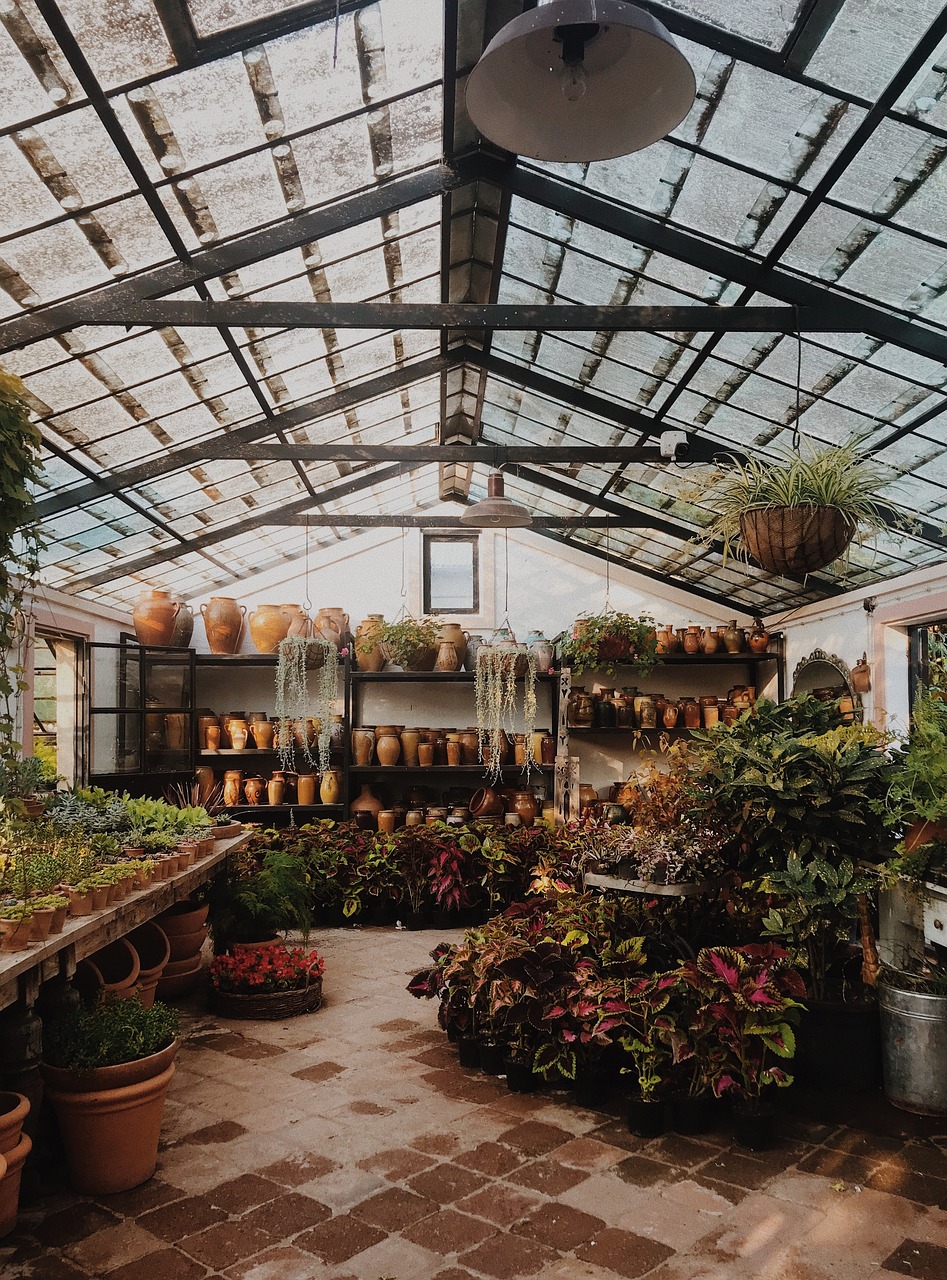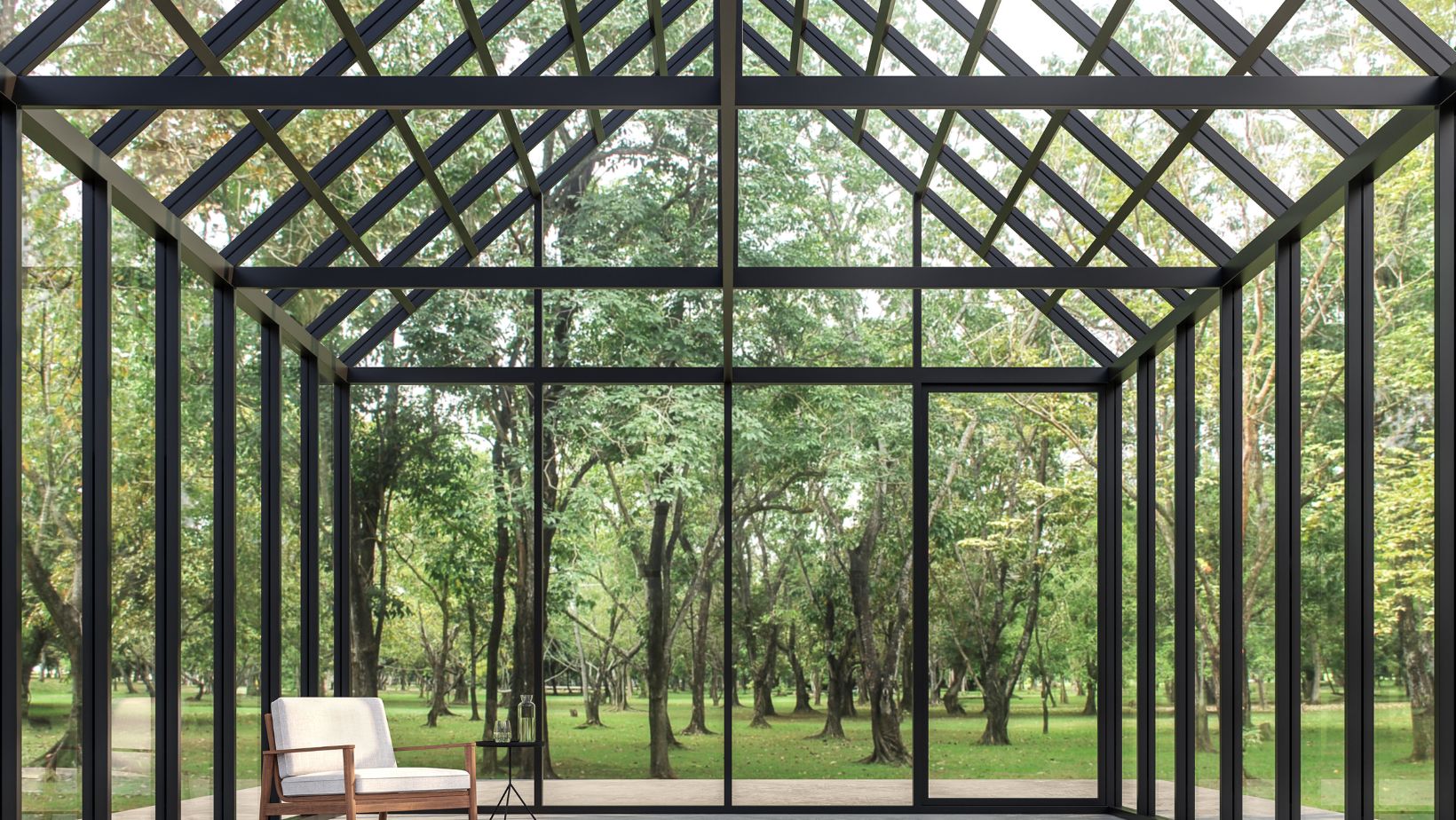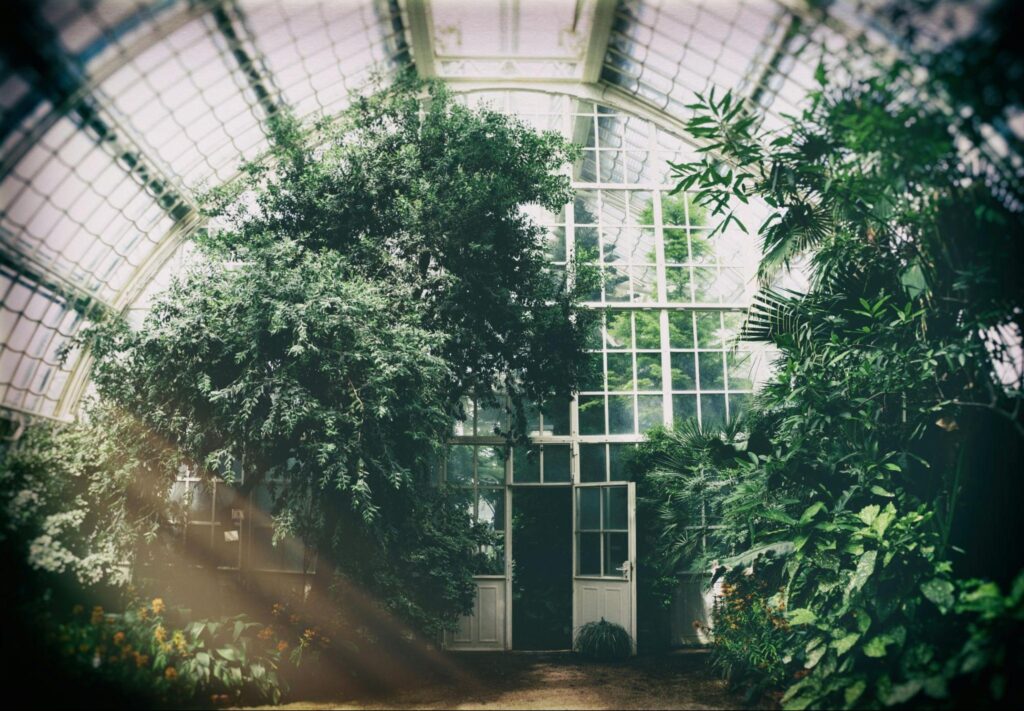Choosing the ideal greenhouse structure is crucial for anyone interested in horticulture, whether you are a novice gardener looking to grow vegetables or an experienced cultivator planning to expand your commercial operations. A suitable greenhouse not only protects plants from harsh weather but also assists in maintaining an optimal environment for growth. With a plethora of options available, understanding how to choose the right greenhouse can make all the difference in achieving your gardening goals.
Understanding Greenhouse Types
When selecting a greenhouse, start by considering the various types available. Each type comes with its own set of advantages and disadvantages. The most common are freestanding greenhouses, lean-to greenhouses, and tunnel greenhouses. Freestanding greenhouses provide maximum sunlight exposure, while lean-to designs can be beneficial when space is limited, as they attach to a building. Tunnel greenhouses, often used in commercial settings, allow for efficient use of space and are typically easier to heat, making them a great choice for extending the growing season. Your specific gardening needs should drive your choice among these options. Factors such as climate, space, and the types of plants you want to grow will heavily influence your decision.
Evaluating Material Options
Building materials for greenhouses vary significantly, each impacting durability, insulation, and light transmission. Glass greenhouses are favored for their aesthetics and longevity, offering excellent light transmission. However, they can be expensive and heavy, requiring robust structural support. On the other hand, polycarbonate panels provide a sturdy, lightweight alternative featuring good insulation properties. They are less fragile than glass and can offer UV protection. Another option is polyethylene film, which is cost-effective and provides adequate light. While it may not last as long as the other materials, its affordability may make it attractive for new growers or those on a budget. Choosing the right material will ultimately affect not only the initial investment of your greenhouse but also its long-term maintenance and operational efficiency.
Climate Considerations
Your local climate plays a significant role in determining the greenhouse structure that will work best for you. In areas with cold winters, sturdier materials and effective heating systems may be necessary. Conversely, in hotter climates, it is important to consider ventilation and shading options to avoid overheating the plants.

Structure design should adequately address these climatic challenges, ensuring your greenhouse adapts seamlessly to seasonal changes. Some greenhouse designs incorporate thermal mass techniques, utilizing materials like concrete or water barrels to moderate temperature swings. This approach can be particularly beneficial in regions with extreme temperatures, helping conserve energy and maintain a more stable environment for plant growth.
Space and Layout Considerations
Proper space utilization is vital for any greenhouse design. A well-planned layout enhances accessibility, maintenance, and plant health. Considerations around spacing will ensure that plants have adequate room to grow while making the garden easy to access for pruning, watering, and harvesting. Think about pathways and work areas. Having sufficient room for tasks such as potting and replanting will improve the effectiveness of operations. If your greenhouse is larger, including different zones for distinct plant types can further streamline your gardening tasks. Having a designated area for herbs, vegetables, and flowers can help avoid cross-contamination and disease spread.
Heating and Cooling Systems
Maintaining appropriate temperatures in a greenhouse is key to fostering healthy plant growth. Heating systems can include electric heaters, wood-burning stoves, or even solar options, depending on location and budget. Exploring the different heating methods can help cater to your particular gardening needs. Cooling can be just as important, especially during the hot summer months.

Ventilation is crucial, and this can be accomplished through roof vents, side vents, or mechanical fans to promote air circulation. Experts from a Rimol greenhouse company explain that if you’re considering a more intricate setup, automated systems enable temperature regulation, adjusting depending on the conditions inside the greenhouse. A reputable commercial greenhouse manufacturing and distribution company can provide valuable insights into the latest trends and technologies that can enhance heating and cooling efficiencies.
Light Optimization Strategies
Light is vital for plant growth, making it essential to optimize lighting within your greenhouse. Choices of material and structure will affect the light quality and duration your plants receive. For instance, using light-diffusing materials can help distribute sunlight evenly, reducing the risk of shade spots. In addition to choosing the right materials, incorporating reflective surfaces can enhance light penetration. Properly positioning your greenhouse concerning the sun’s movement across the sky will also ensure that your plants receive maximum exposure. Keeping transparency clean and clear without external obstacles, such as overhanging branches, can further improve light availability.
Watering Systems and Automation
An efficient watering system is crucial for any greenhouse operation. Overhead sprinklers, drip irrigation, or hose systems are common methods that may be employed based on your type of plant. Drip irrigation is often considered the most water-efficient solution, minimizing waste while delivering moisture directly to plant roots. Automating watering systems, using timers or moisture sensors, can help ensure that your plants receive consistent hydration. Such systems eliminate the guesswork, allowing you to focus more on growing healthy crops than on manual labor.
Planting your ideas and collaborating with knowledgeable sources can significantly enhance your greenhouse project. By embracing these smart tips, you can choose a structure that meets your needs and helps you grow your passion into a fruitful gardening venture.
